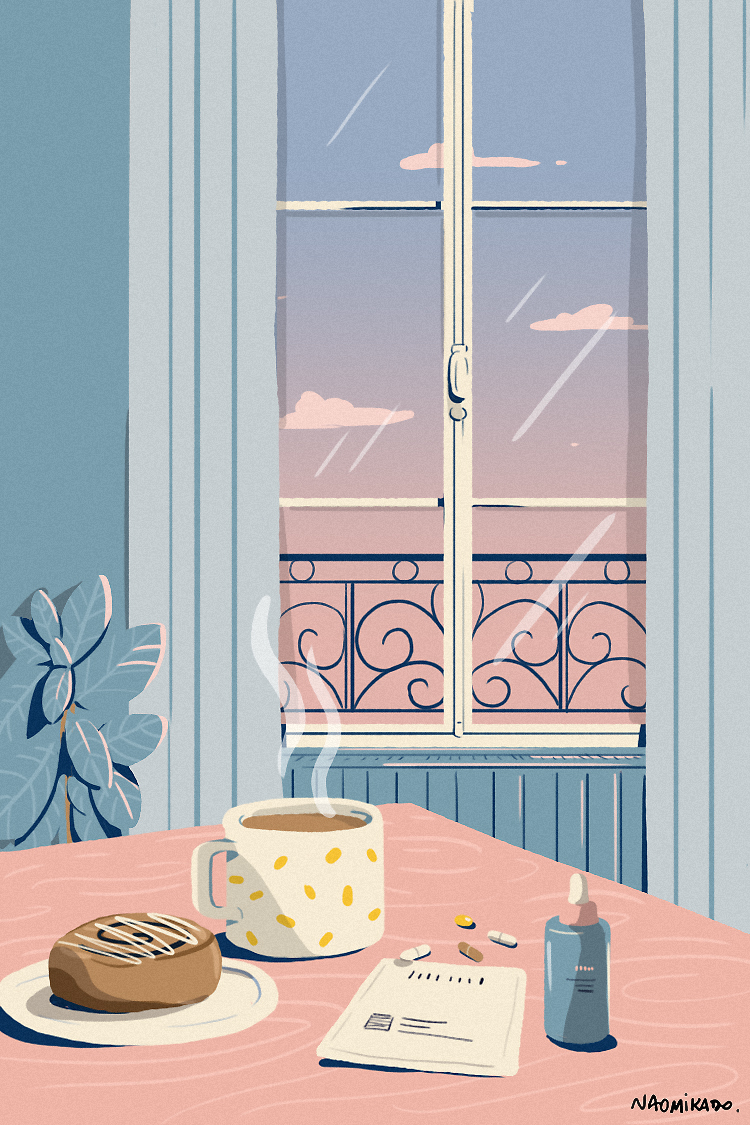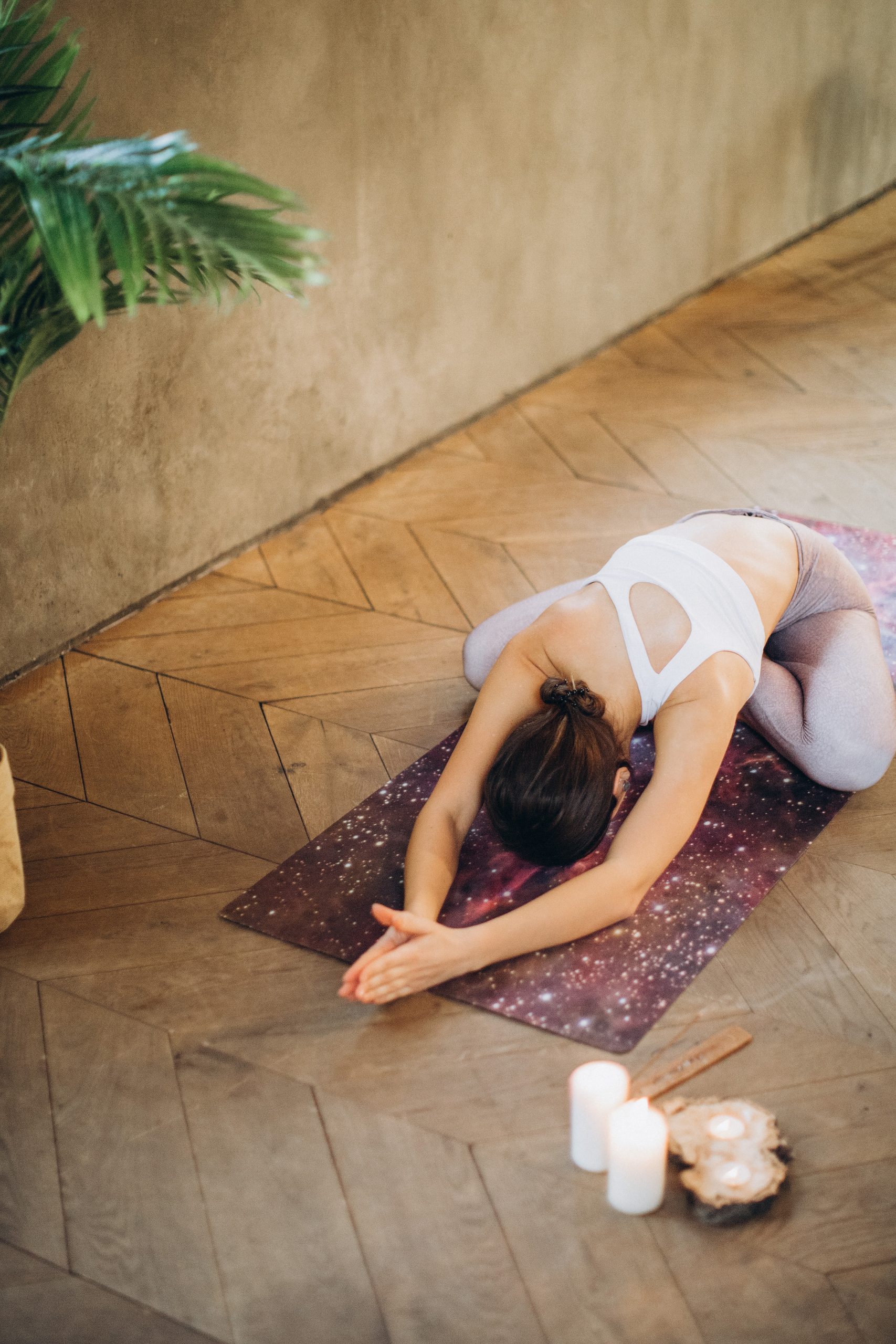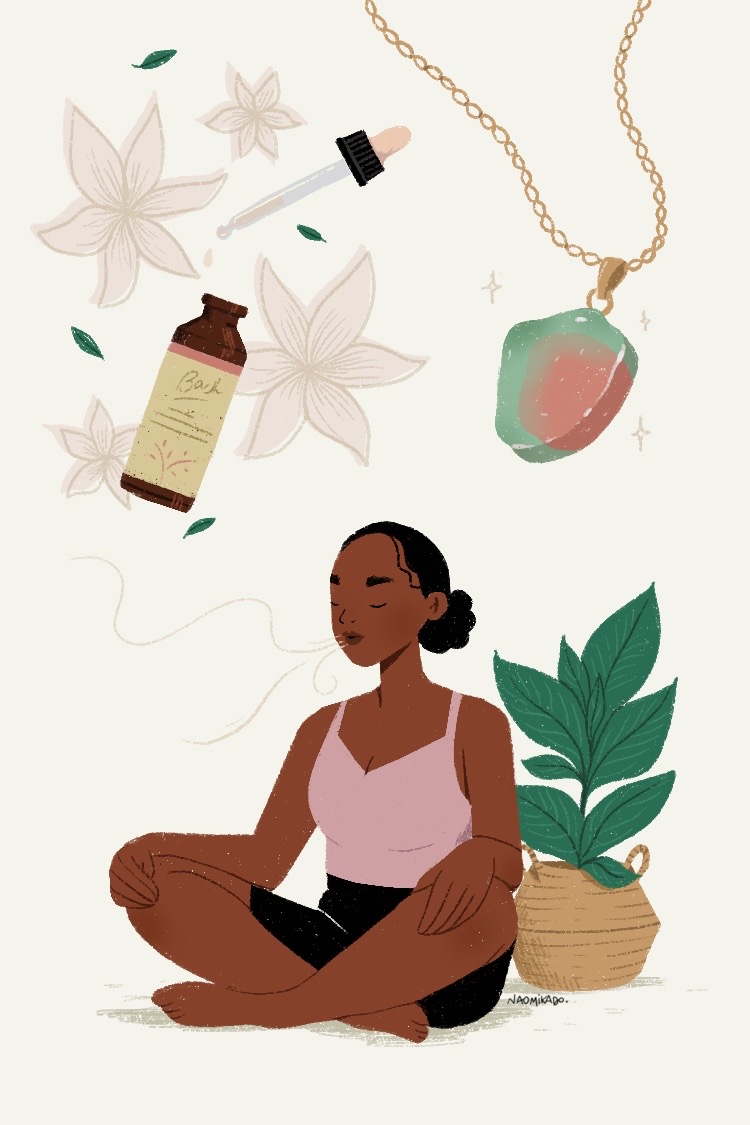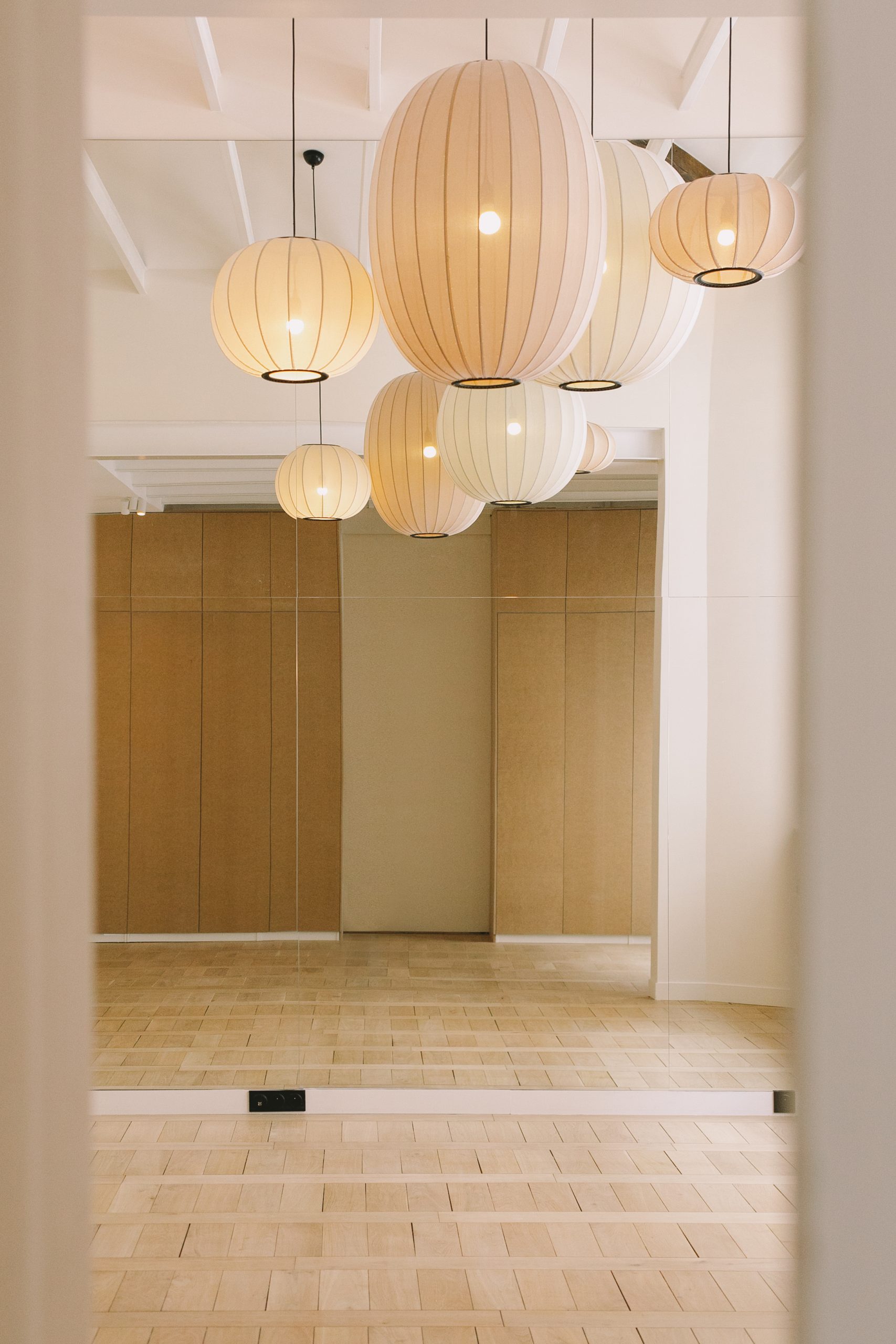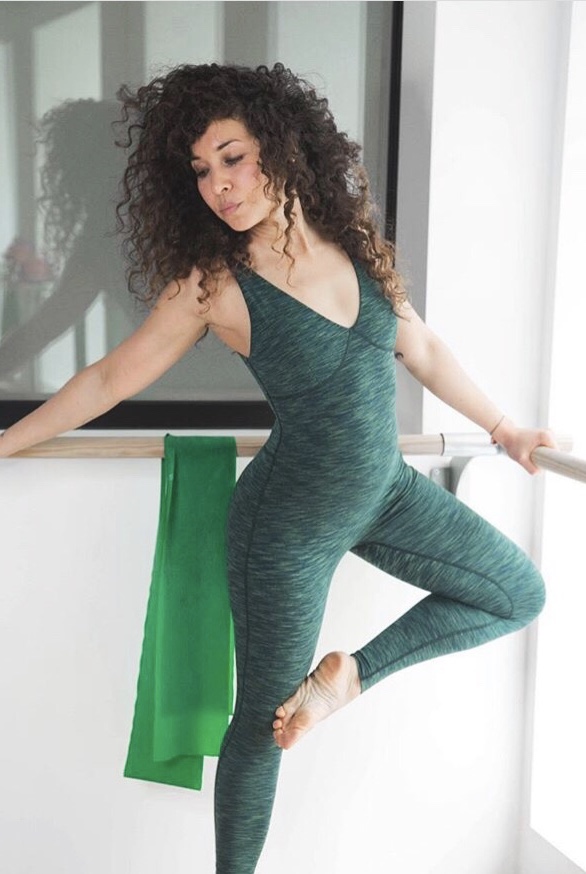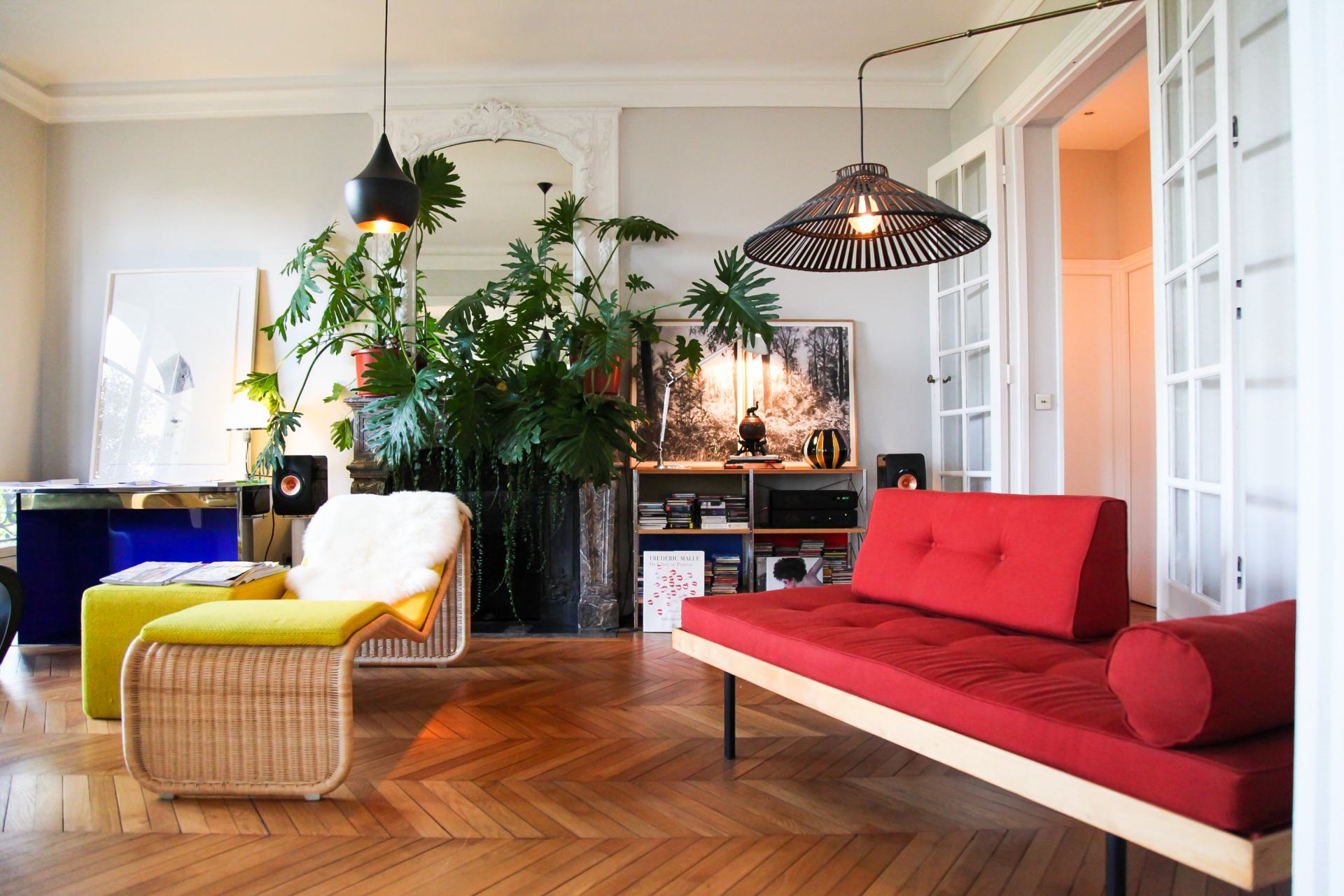
Fighting heavy legs with Dr Valérie Leduc
Many of us have already experienced this feeling of heavy legs. If for some, it occurs mainly in summer, for others, it is almost permanent. And even if everyone fights it as best they can, blood circulation problems are numerous and vary according to the individual. In order to see things a little clearer and to help our bodies cope with all this, we asked Dr. Valérie Leduc, a phlebologist with a diploma in vascular medicine and head of her own practice, “Médecine de la Beauté“, a few questions.
Hello Dr. Valérie Leduc, first of all, can you explain to us where this feeling of heavy legs comes from?
First of all, it is important to explain how the venous system works. When our legs hurt, it is because the venous return, whose role is to bring oxygen-poor blood from our extremities to the heart, is not working properly. This long journey is then damaged. Indeed, our veins are equipped with valves (like small doors), in good health, they will close and prevent the blood from falling back towards the feet when standing. In poor health, they will not do this job properly. With age, family history, pregnancy, taking the pill for example, some valves will fail. In other words, the vein will dilate, the blood will stagnate and the inflammation of the internal wall of the vein that follows will be responsible for pain.
How to struggle with blood circulation problems on a daily basis?
Remember to avoid heat sources. Indeed, heat dilates the veins and increases the risk of inflammation. Standing, a sedentary lifestyle and being overweight are all factors that aggravate venous disease.
Remember to wear compression stockings during long days of walking and air travel.
Moreover, walking is very important. The sole of the foot is very rich in vessels and with each step, we crush this plantar venous sole which will empty itself and send the blood towards the calf. Then the calf, by contracting, will act as a pump and will propel the blood upwards. In addition, breathing exercises and yoga will also help the venous system to move upwards since it will boost the blood flow and thus unclog the venous system.
There are of course other ways that will help such as walking and swimming in cool water, taking a cold shower, elevating the legs, massaging the legs with venous tonics (like ginger oil). For massages, start from the feet to the root of the thighs, always from the bottom up.
Think of wearing heels of 4 cm on average, the flat or the very high heel will not allow a good drainage of the feet and calves.
As far as sports are concerned, I recommend walking, swimming, cycling and aquabike (water drains). But avoid jogging, tennis or squash, which are too violent for the veins.
On the food side, you should avoid constipation, drink plenty of fluids, eat a diet rich in fiber and fresh vegetables and avoid salt, which retains water.
In addition, there are treatments, such as taking phlebotonic herbs such as witch hazel, holly and red vine. They are particularly useful if the patient complains of pain and/or edema of the lower limbs.
Also, there are other ways to relieve this feeling of heavy legs such as pressotherapy, cryotherapy, manual lymphatic drainage…
Above all, do not hesitate to consult a specialist who will do a complete check-up with an echodoppler if necessary in order to evaluate the importance of the venous insufficiency and propose a treatment of choice which can be surgical or by sclerotherapy or even vascular laser. My daily experience shows me that a sclerotherapy session can relieve the patient very quickly.
Is there a miracle solution?
The miracle solution is to follow healthy lifestyle rules that respect the venous system and to consult without delay as soon as the pain becomes annoying.

